
Far down in the icy waters of the North Atlantic Ocean, a silent wanderer has been drifting in the darkness for centuries—undetected. It’s not a fossil.
It’s a genuine, living animal, older than the United States, older than when the light bulb was invented, older than many historic events. When the age of this enigmatic animal was finally discovered, it amazed scientists all around the world.
What they discovered wasn’t merely astounding—it was nearly unimaginable. How could it be that a creature lived so long—and why had we never seen it before?
The Deep Holds Many Mysteries
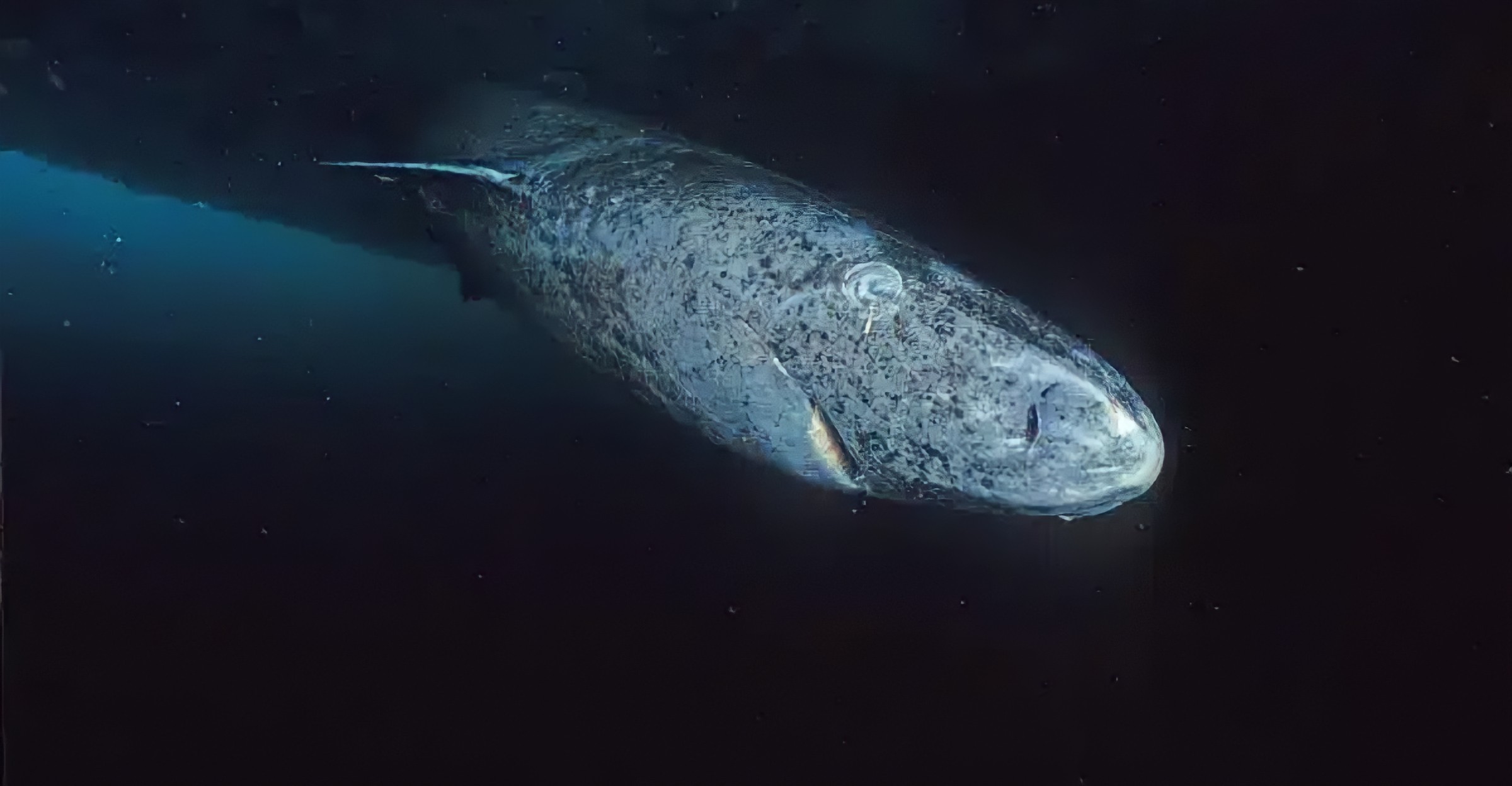
The deep sea is still one of the least explored regions on Earth. With crushing pressure, ice cold, and eternal darkness— it’s not the place for humans.
But some creatures live there, unseen for hundreds of years. One of them recently came into focus for scientists, not because of its diet or prey, but because of the duration of its life.
Not Your Average Shark Story

This isn’t your typical predator story. There are no high-speed pursuits, blood trails, or cinematic beasts. Instead, this animal hardly moves at all. But that is half the intrigue.
It swims through the water like a specter—slow, methodical, and largely invisible. Researchers never anticipated they would find anything out of the ordinary when they started studying it. What they learned, however, reshaped everything they thought they knew about longevity.
Meet the Greenland Shark
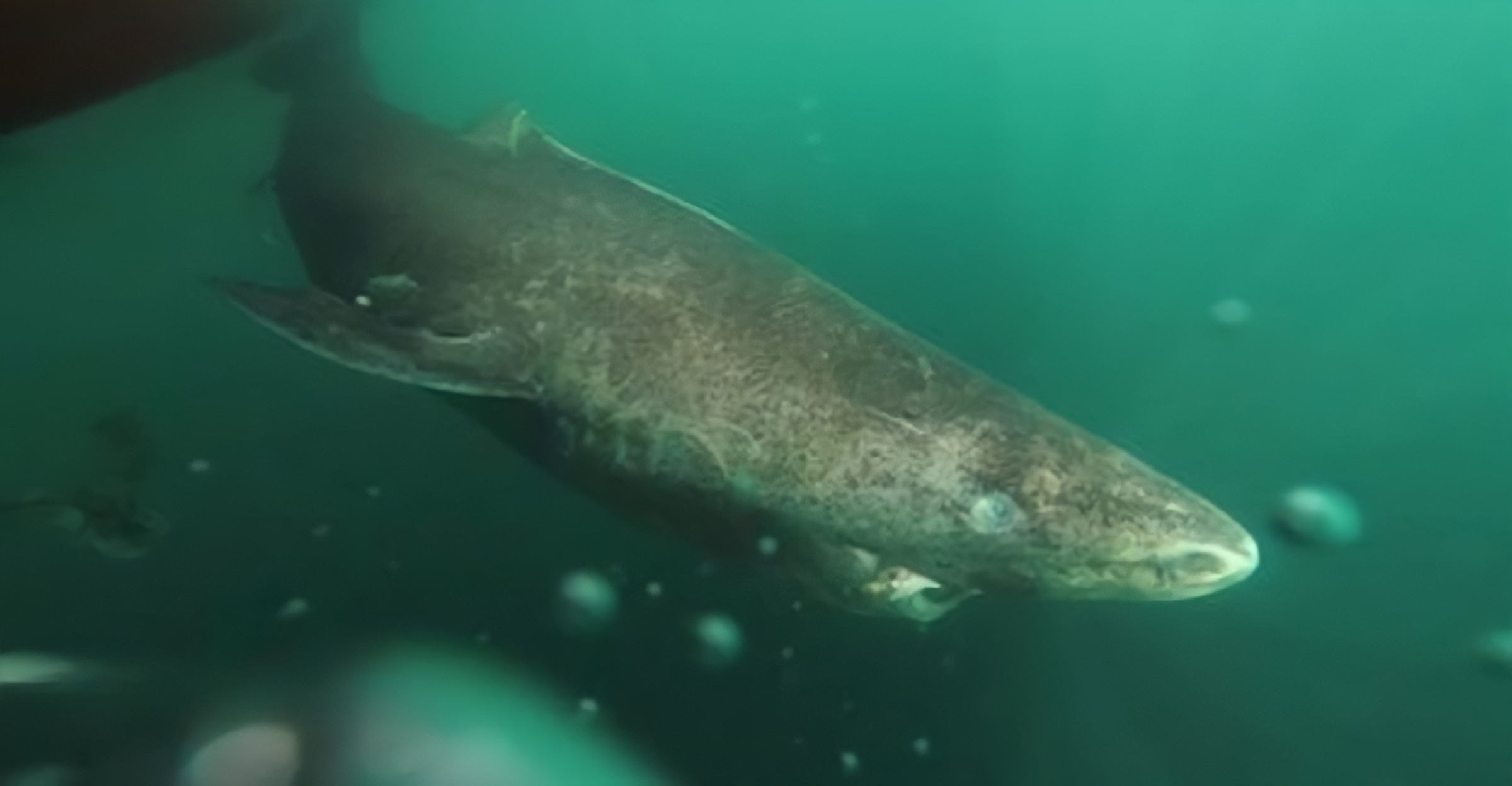
Meet the Greenland shark (Somniosus microcephalus). Its territory is in the Arctic and North Atlantic oceans. It’s a shy giant that can reach more than 20 feet long.
Because it swims so slowly and is ghostly gray, it’s also known as the “sleeper shark.” Only a few people have laid eyes on it. Even scientists weren’t familiar with it until recently, when something unexpected happened…
A 300-Year Lifespan? Try Almost 400

In a 2016 study, researchers aged proteins in the shark’s eye lenses —proteins that don’t change after birth. One of the females was about 16 feet long and estimated to be 392 years old, meaning she could’ve been born in the early 1600s.
Even with a 120-year margin of error, the shark was at least 272 years old. That would make it the oldest known vertebrate on Earth.
The Eyes Held the Key
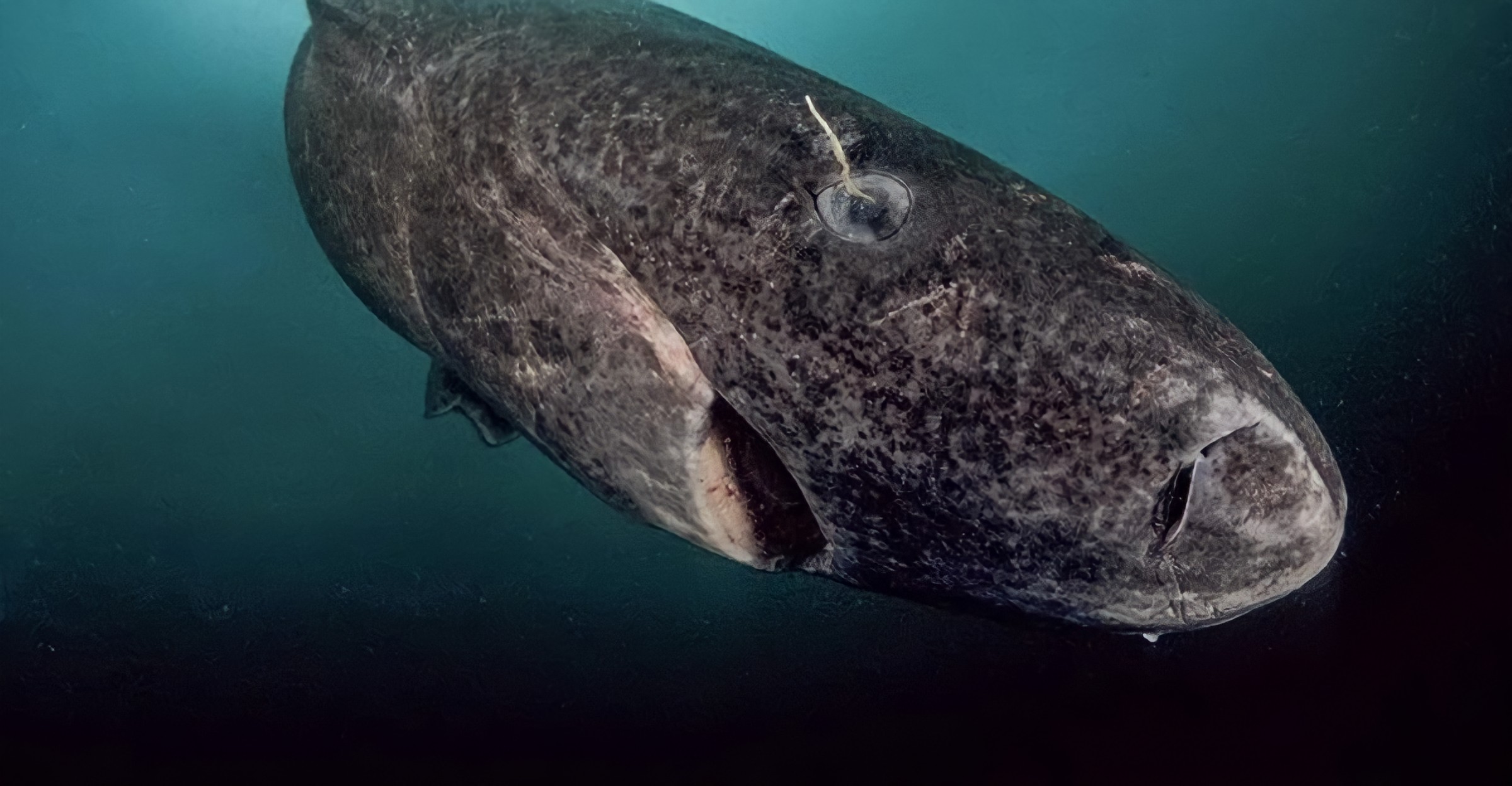
Unlike turtles or trees, sharks don’t possess age rings or bones that account for time. So how do you age an animal that appears to be virtually the same for its entire lifespan?
Scientists learned that the eye lens, developed before birth, neither changes nor regrows. Using radiocarbon dating on this element, they were able to trace back centuries. It’s like a swimming time capsule.
Slow Motion Living
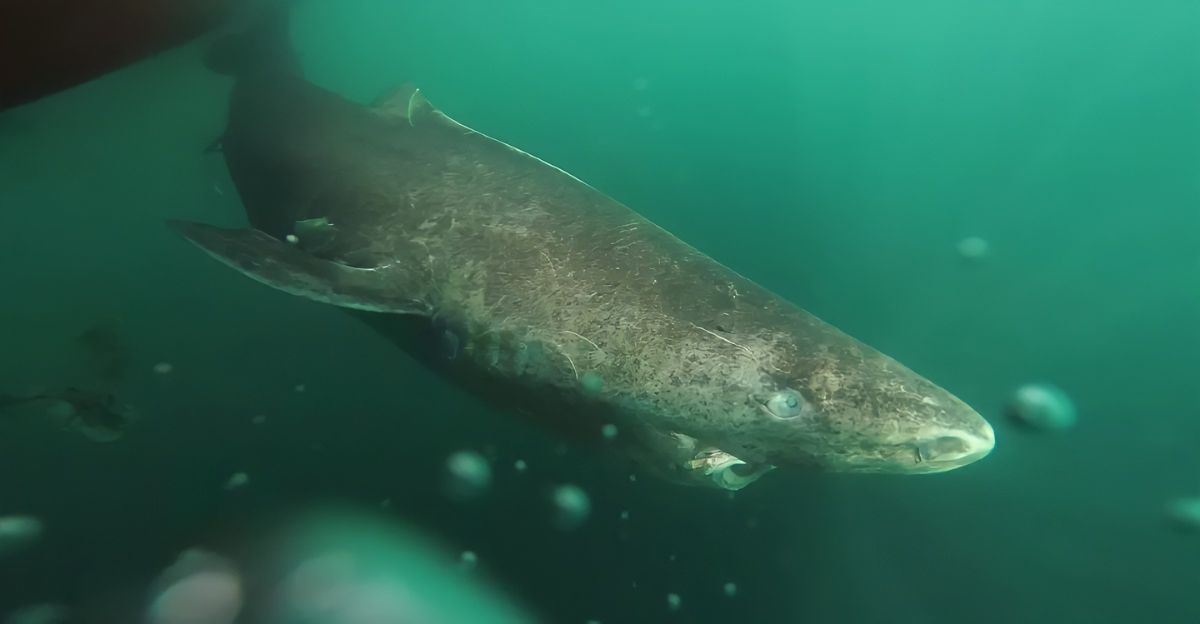
One of the keys to this shark’s long life span? It doesn’t go anywhere. Greenland sharks only swim at less than 1 mph. They have slow heart rates, slow digestion, and generally, their metabolism is only a fraction of what you’d expect from a predator.
Even time slows down in cold water—aging, too. By going at a snail’s pace, this animal has mastered the aging process (lucky fish).
Arctic Chill: Nature’s Preservation Chamber
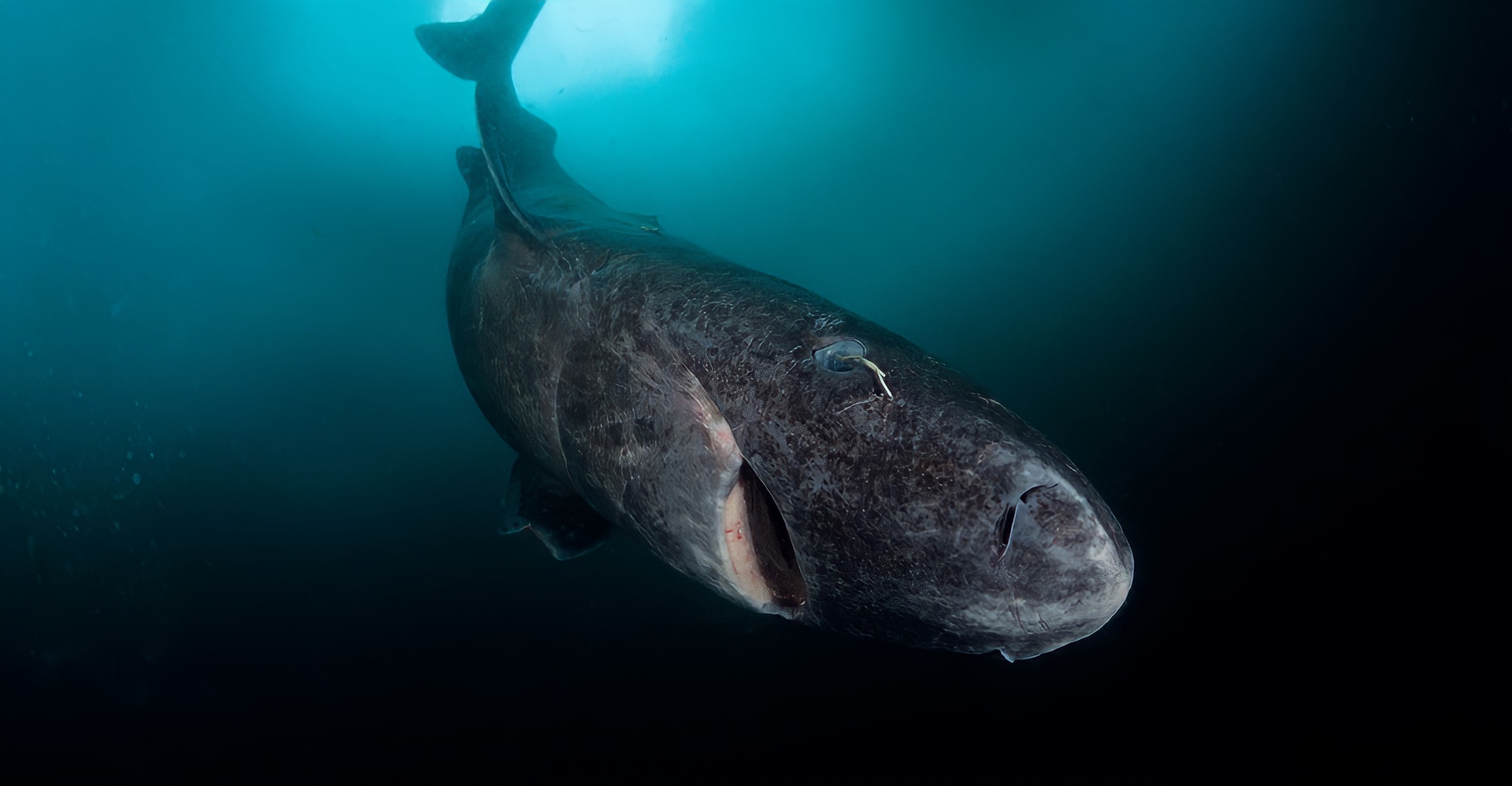
They live in the coldest waters of the planet—usually between 600 and 2,400 feet below the surface, where temperatures rarely rise above 5°C(41°F). That cold reduces everything from cell destruction to disease growth.
They’re essentially living in an built-in icebox. Some scientists believe that this cold may be a natural anti-aging agent, keeping them alive much longer than most creatures.
Females Don’t Mature Until Age 150
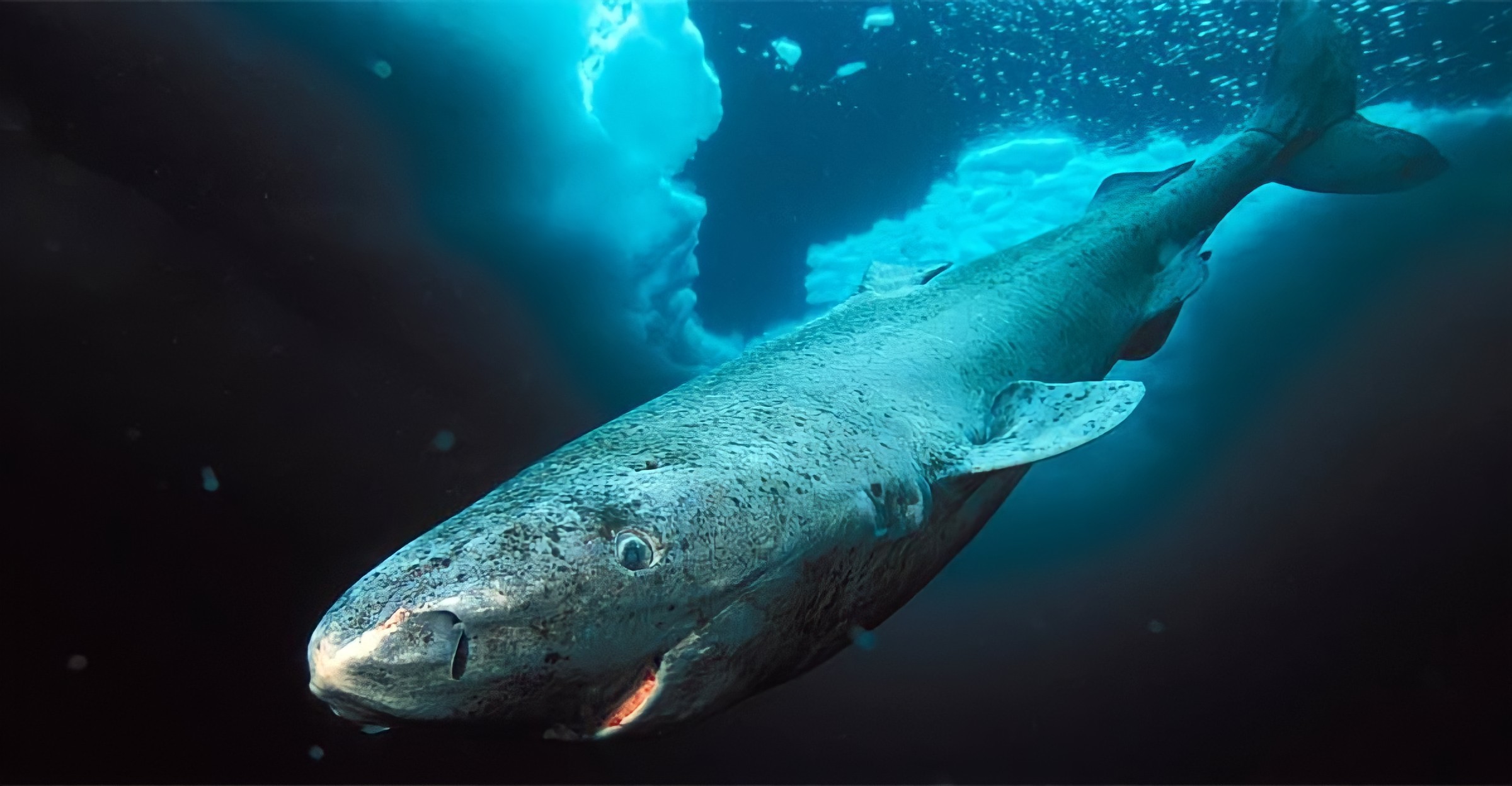
Imagine not hitting puberty until you’re 150. That’s the reality for Greenland sharks. Their growth rate is glacial—just 0.5 to 1 centimeter per year.
It can take nearly two centuries before they can even start reproducing. It’s one of the slowest life cycles known to science. That’s also why protecting them is critical—each shark takes centuries to replace.
What’s on the Menu? A Bit of Everything
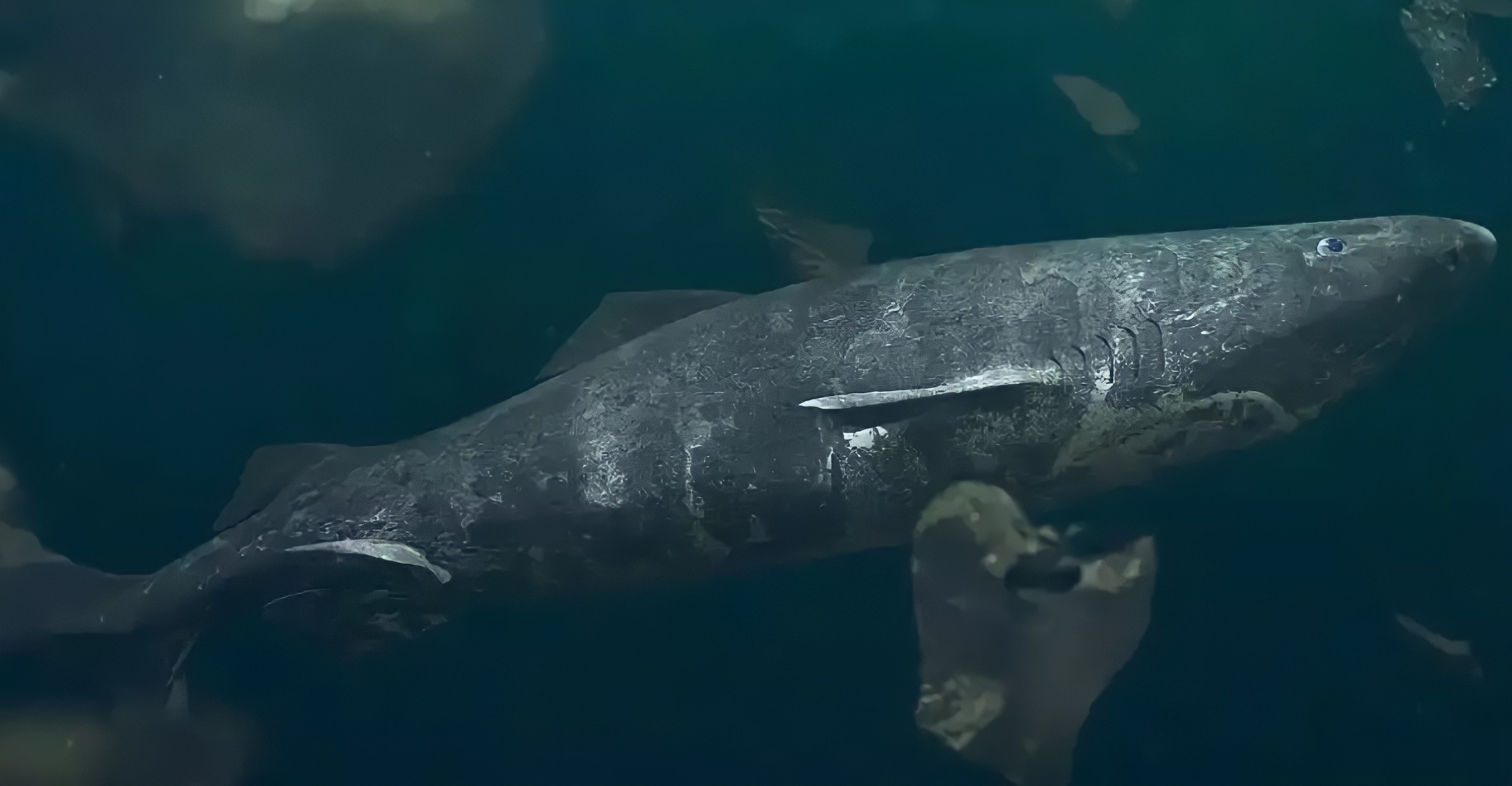
Although it moves through the water like a floating log, the Greenland shark is a surprisingly varied feeder. It consumes fish like cod and halibut, as well as more exotic prey like seals, polar bears, and even moose.
Yes, really. Some of their prey is likely scavenged and not hunted. Even so, this shark is not picky. Deep down, you eat what you can catch, and everything gets consumed.
Blind But Deadly

Many Greenland sharks are partially or fully blind because of parasitic copepods that latch onto their eyes. You’d think this would make hunting difficult—but these sharks rely on other senses and the element of surprise.
They may strike at sleeping prey or scavenge in total darkness. Vision isn’t exactly a top priority in an environment with zero sunlight anyway.
A Living Clue to Human Aging?

Suppose the biology of this shark could enable humans to live longer, healthier lives? Researchers are now examining how its low metabolism and durable cells may translate to the study of aging.
Might this dozing sea animal hold the secret to longevity—or age-related illness? This isn’t science fiction. It’s already stimulating new investigation in biology, medicine, and genetic engineering.
Time Travelers of the Sea
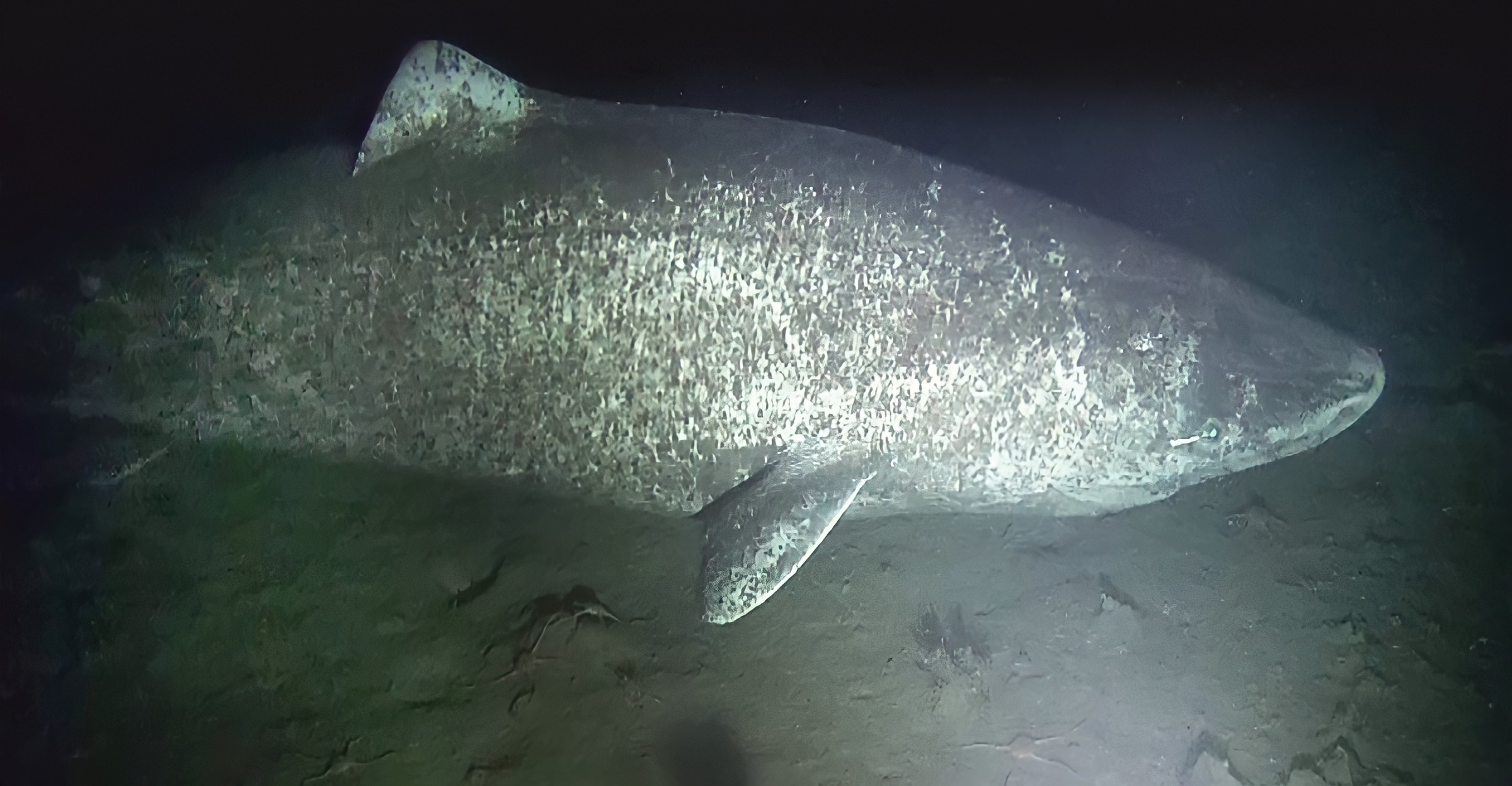
These sharks have seen history in solemn silence: the rise and fall of empires, world wars, and revolutions. They’ve lived through monarchs, weathered pandemics, and swum unbothered under melting ice caps.
They represent history come to life—slow, measured, and unforgiving. And as times change and oceans shift, we might not have many more opportunities to learn from them. Their time is limited.
The Shark That Rewrites the Rules
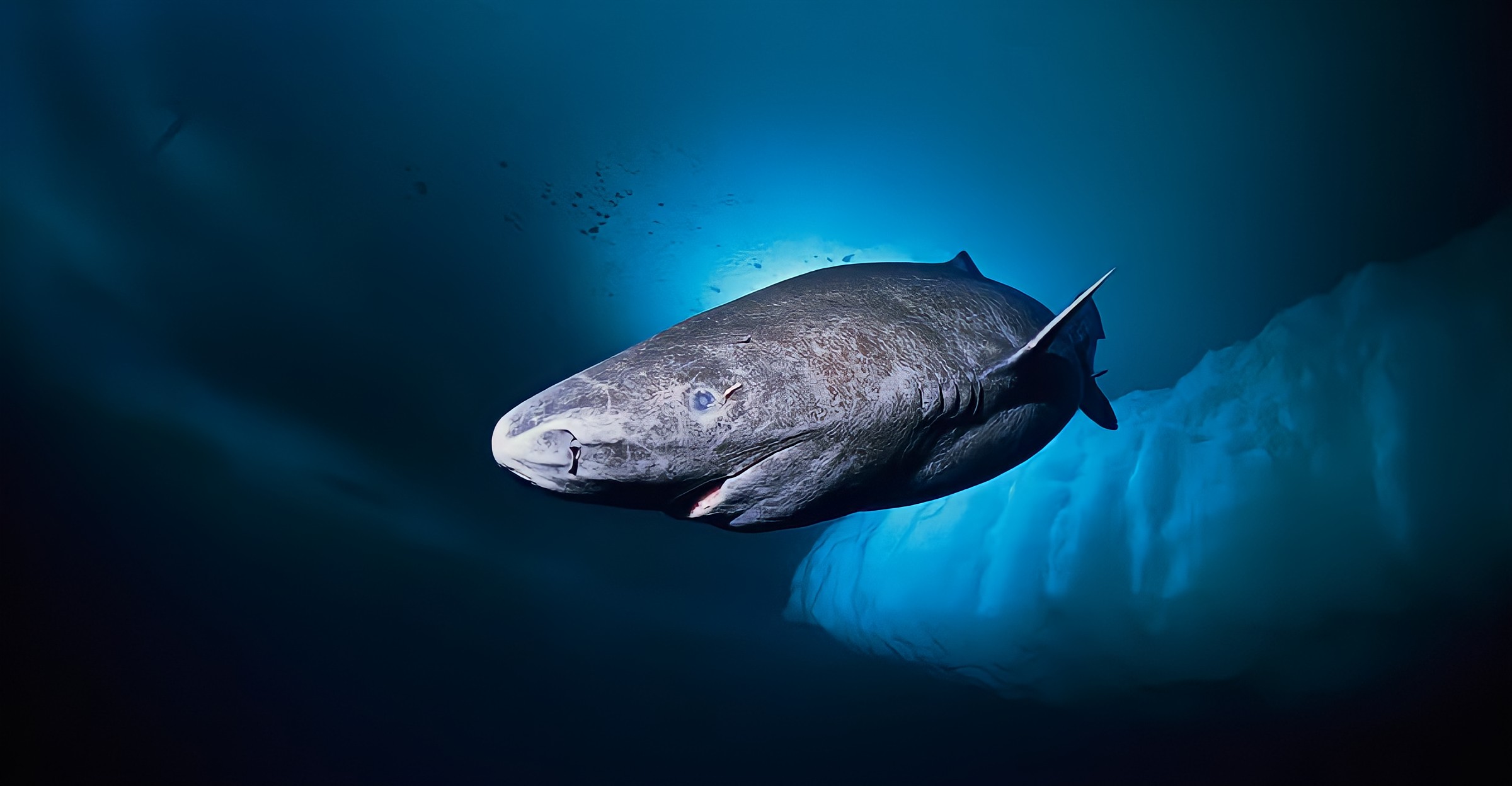
The Greenland shark is not only old—it defies all that we thought we knew about biology, aging, and life. It reminds us that the most revolutionary breakthroughs do not necessarily come from haste or strength but from quietude, languor, and patience.
In the icy depths of the ocean swims an old monster slowly redefining life’s potential.
Explore more of our trending stories and hit Follow to keep them coming to your feed!

Don’t miss out on more stories like this! Hit the Follow button at the top of this article to stay updated with the latest news. Share your thoughts in the comments—we’d love to hear from you!







